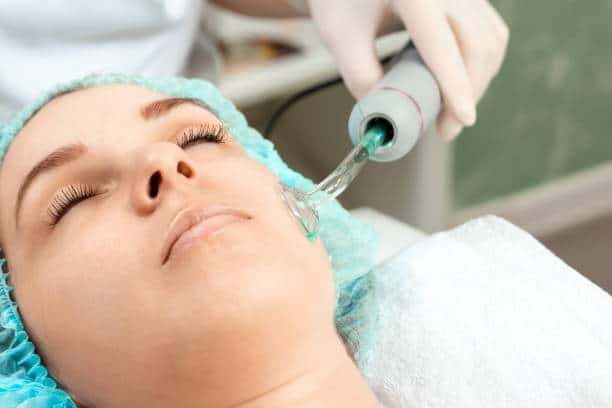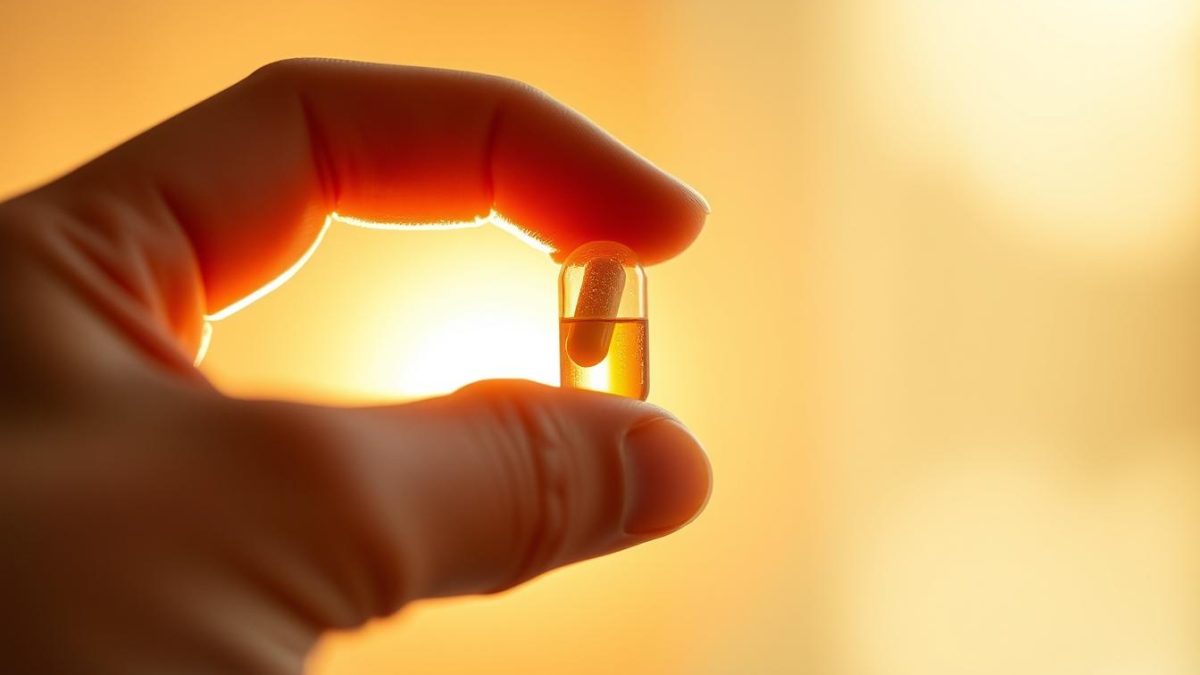
Busting the Exercise After Botox Myth – My Take
Did you know nearly half of Botox patients think they can’t exercise after treatment? This widespread belief has left many fitness lovers anxious about combining facial rejuvenation with their workout routines. As someone who values both cosmetic enhancements and staying fit, I wanted to get to the bottom of these exercise after Botox myth.
From my research and personal experience, it’s clear that many worries about working out post-Botox are based on misunderstandings. In this article, I’ll share the facts and findings to clear up what really happens when you exercise after Botox. Join me as we debunk these myths and explore effective ways to care for your skin while keeping up with your fitness goals.
Why the Exercise After Botox Myth Exists

There’s been a long-standing myth about exercising your face after Botox. Many believe that physical activity could exacerbate bruising or distribute Botox. However, whence did this notion originate?
Origins of the Myth
This notion probably started out as a result of early research and practitioner anecdotes. There was once a stigma with Botox recovery times, which made many think that moving around at all could be harmful. Through word-of-mouth propagation, this mindset became widely recognized.
Common Beliefs and Misunderstandings
Common beliefs sustain these post-procedure myths. Patients are typically concerned when they learn that exercise can undo the effects of Botox. But bruises can be misinterpreted, which could be the true problem. Though moderate exercise right after Botox may not cause major issues, some deeply rooted post-procedure beliefs continue to create misconceptions.
What Happens When You Exercise After Botox?

Many people wonder about the impact of physical activity shortly after getting Botox injections. It’s important to understand what really happens when you exercise post-treatment to manage expectations and avoid unnecessary worries.
Firstly, exercising too soon can affect your Botox results. Increased blood flow from physical activity might cause the Botox to move from the injection site, potentially leading to less effective results, such as uneven results or reduced wrinkle reduction.
One of the common post-botox side effects is bruising and swelling at the injection sites. Intense exercise can worsen these issues and prolong recovery. Additionally, vigorous activities might increase facial movements, which can interfere with how the Botox settles into the muscle tissue.
However, the relationship between Botox and physical activity isn’t entirely negative. Light activities, like walking or gentle yoga, typically pose minimal risks. On the other hand, more intense workouts, such as running or heavy weightlifting, should be avoided for at least 24 hours after treatment. Taking this precaution helps ensure that the Botox stays in the intended areas.
To give you a clearer picture, here’s a comparison of the effects of exercising right after Botox:
| Effect | Exercise Impact |
|---|---|
| Botox Migration | Possible with intense exercise |
| Bruising and Swelling | Increased risk with vigorous activity |
| Botox Efficacy | Potential reduction in intended results |
| Recovery Time | Potentially prolonged with heavy exercise |
It can be helpful to listen to your body and see your practitioner before starting your regular workout regimen again. To get the finest Botox results, you can modify activities according to your unique response.
Scientific Perspective on Exercise and Botox
Investigating the scientific literature on Botox and its anatomical distribution is necessary to comprehend the relationship between exercise and injection. Researchers have looked into a number of ways that physical exercise may affect the overall effectiveness and lifetime of Botox.
Effects of Exercise on Botox Distribution

Understanding how movement and exertion alter the pharmacokinetics of Botox is critical when evaluating the impact of exercise on cosmetic treatments. Exercise can enhance blood flow, which may affect where Botox migrates to. My primary worry—and I’m sure yours is too—is if this dispersion may lessen the treatment’s efficacy.
- Increased blood flow due to exercise potentially affects Botox’s localization.
- Higher physical activity can lead to faster metabolization of Botox components.
- Changes in body temperature during exercise may impact Botox’s stability.
Research Findings
Numerous research have examined how exercise affects cosmetic procedures, including Botox. These studies shed light on how Botox reacts to different levels of physical activity.
| Study | Key Findings |
|---|---|
| Study by Dr Goldie and Dr Javier | Exercise showed minimal effect on Botox longevity when moderate. |
| Research by the American Academy of Dermatology | High-intensity workouts could potentially reduce Botox’s effectiveness due to increased blood flow. |
| Scientific research on Botox by Mayo Clinic | No significant changes in Botox distribution were observed with low-impact exercises. |
These results demonstrate the variable effects of exercise on Botox treatments, contingent upon the volume and frequency of physical activity after the injection. Knowing the results of scientific studies on Botox allows us to manage our post-treatment actions with knowledge.
My Personal Experience with Post-Botox Exercise
 After my first Botox treatment, I was eager to find out how it would interact with my regular exercise routine. As someone who prioritizes fitness, I wanted to ensure that my workouts wouldn’t undermine the results of my cosmetic procedure. Here’s a personal account of my experience and observations.
After my first Botox treatment, I was eager to find out how it would interact with my regular exercise routine. As someone who prioritizes fitness, I wanted to ensure that my workouts wouldn’t undermine the results of my cosmetic procedure. Here’s a personal account of my experience and observations.
Initially, my dermatologist recommended that I avoid strenuous exercise for at least 24 hours after the treatment. To follow this advice, I adjusted my routine to include lighter activities like walking and gentle stretching. From this approach, I found that giving my facial muscles a break helped minimize potential side effects.
When I resumed my regular workout routine after the 24-hour period, I carefully monitored how my face responded. To my relief, there were no noticeable changes in the Botox results. I didn’t experience any uneven distribution or reduced effectiveness, which was reassuring.
With these positive outcomes, I felt more confident reintroducing full workouts into my schedule post-Botox. My experience shows that with the right timing and gradual reintroduction of exercise, it’s entirely possible to maintain a fitness routine without compromising the benefits of Botox.
In summary, my journey with Botox has reinforced the value of following professional advice and paying attention to my body’s responses. I hope my personal stories help reassure and guide others in navigating the balance between cosmetic treatments and fitness.
Recommended Post-Botox Care

To get the most out of your Botox treatment, it’s important to adhere to certain aftercare guidelines. To extend the effects of your procedure, make sure your post-botox routine follows professional advice.
Immediate Aftercare Tips
First, after treatment, refrain from lying down for at least four hours. This aids in keeping Botox from spreading to unexpected places. Make a range of facial expressions to exercise your facial muscles gently; this is said to help with better distribution.
For at least 24 hours, avoid touching or applying cosmetics to the treated area. Choose moderate skin care products and maintain a clean complexion. Additionally, to keep your skin supple, make sure you’re well-hydrated by drinking lots of water.
What to Avoid Post-Botox
Avoid intense exercises that raise your heart rate in the days after your injections, as they could prevent the Botox from fully settling into your muscles. For at least two days, avoid using the steam room, sauna, and hot tubs.
Alcohol should be avoided as it might exacerbate bruising and swelling. Exercise caution when engaging in activities that require large motions of the face, such as receiving a massage. Recall that adhering to these aftercare guidelines for Botox might greatly help you preserve the results over time.
FAQ
Can I exercise right after getting Botox injections?
After receiving Botox, it’s usually recommended to refrain from strenuous physical activity for at least 24 hours. Blood flow can be increased by exercise, which could lead to unwanted Botox injections.
Why do experts recommend avoiding exercise after Botox?
The main goal of this advice is to guarantee that the Botox stays in the desired muscle location. Physical activity-induced increased circulation may exacerbate adverse effects such as bruising or reduce the efficiency of the treatment.
How does exercise impact the results of Botox?
Getting too much exercise right after Botox could make treatment less effective. Less desirable outcomes could emerge from the poison being distributed farther from the injection site by movements and increased blood flow.
Are there any long-term side effects of exercising after getting Botox?
Exercise too soon may have an impact on the immediate benefits, even though there isn’t much evidence of long-term ill effects. When it comes to post-procedure activity, it’s always better to heed the advise of your practitioner.
What are the origins of the myth about exercise after Botox?
The misconception most likely originated from cautionary advise from practitioners who wished to guarantee best practices and reduce hazards. This advice has grown more broad and occasionally misinterpreted over time.
Is there scientific evidence supporting the ban on post-Botox exercise?
Studies do suggest that the effectiveness of Botox may be impacted by increased blood flow. The degree of this influence varies, though. For specific guidance, it’s always a good idea to speak with a medical practitioner.
Have people shared different experiences with exercising after Botox?
Yes, there are big differences in experiences. While some note no problems, others observe less-than-ideal outcomes. Although helpful, personal tales shouldn’t take the place of expert medical advice.
How should I care for my skin immediately after getting Botox?
Refrain from touching or massaging the area, remain upright for several hours, and avoid physically demanding activities. For optimal results, you must adhere to your practitioner’s specific aftercare instructions.
What are the absolute no-nos after receiving Botox injections?
In addition to avoiding intense exercise, you should also stay out of the heat, drink alcohol, and engage in any vigorous activity that could increase your heart rate and interfere with the treatment region. In particular, high intensity kettlebell workouts should be avoided, as they can place undue stress on your body and elevate your heart rate significantly. Keeping your activities low-impact will help to ensure optimal healing and prevent any potential complications. Prioritizing rest and proper hydration is key to supporting the recovery process effectively.
What are the immediate aftercare tips for Botox?
Don’t lie down for at least four hours, keep your head up, and avoid giving yourself a strong facial massage. By doing these things, you may make sure that the Botox adequately settles into the targeted muscles.



